
When I was a kid, I spent a lot of time with my cousins and grandparents on my dad’s side. My cousins and I would go on trips in my grandparents 5th wheel (a 1980’s Hitchhiker II) to Ocean Shores and other places where we’d go fishing or clamming, and generally run around. Some mornings my grandfather would wake us kids up by threatening to kiss us while his face was covered with shaving cream. Then us kids would squeeze the little tubes (apparently it’s called the “crystalline style“) out of the razor clams–giggling as we did it because we thought that little thing was part of the clams naughty bits–and then grandma would cook up the clams.
Many weekends growing up my grandpa, dad, my Cousin Mark, and I would go trout fishing at Spada Lake or another small lake, or take my grandpa’s 19ft boat out on Puget Sound for some Salmon fishing which almost always turned in to dogfish fishing. One time we were trout fishing and I hooked a nice little rainbow trout and grandpa jokingly said “that’s too small, let it go” and I did, not realizing he was joking. I caught zero additional fish that day but somehow it was still funny. At the end of the day the driveshaft U-bolt broke as we pulled the 12ft Duroboat out of the water. Grandpa spent the next hour or so removing the drive shaft entirely and we drove the F-250 home in 4-wheel drive (now front-wheel-drive). I remember the driveshaft U-bolts being a consistent theme. Inside that F-250 there were hundreds of tools stashed in various places. If it came to it, I believe that he could have rebuilt the entire truck using just the tools he had inside.
When us grandkids were a little older, my grandpa bought a go-kart. He also somehow had a Caterpillar D9 on his 5-acre property in Woodinville. He spent weeks grading a go-kart track that went all around the back yard and front yard. And us kids spent years driving that thing, full throttle (there was no other reasonable way to drive it) on that track. I have a ½” burn scar on my finger from accidentally touching the exhaust while pushing the go-kart to get it going for my cousin one time.
For a while he had a pet donkey… Might have been a mule, I can’t remember for sure. All I remember is that his name was Griesel Diesel Number 9. I can’t begin to tell you where that name came from.
Sometime around 1999-2000 (I can’t remember these dates as well as I’d like) my grandpa (among others) was helping me move from one apartment to another in Kirkland. He used to drive trucks, delivering cabinets for Western Cabinet, so he was used to carrying things, though his back was being slowly and permanently damaged from it. I was single at the time and every time he saw a young woman walking by he’d call out to them asking them if they were single and letting them know his grandson was moving in. He had a mug that he’d brought with him filled with coffee. He asked me if it was okay to add some of my vodka to his coffee. I was confused because I didn’t think I had any vodka but said sure. An hour or so later he’d drank most of the coffee and he told me that the vodka had a funny taste. I wracked my brain trying to remember what vodka I had and then I asked him where he found it. “Under your kitchen sink”. Ahah!! “That’s not vodka grandpa, that’s vinegar my mom gave me”. He’d been drinking coffee with added vinegar in it for an hour. He then explained to me that he used to drink vinegar as a kid…and he proceeded to finish the coffee over the next hour, vinegar and all.
After developing dementia over the course of a few years my grandmother fell down some stairs and eventually passed away at Harborview on July 25th, 2014. My grandfather was clearly upset and clung to Sophie (his little dog) determined to stay in his house in Twisp, WA till the end. My biological dad, my grandfathers son, died suddenly in his home 6 months later in January, 2015. For the last two years, my grandpa has been living alone (with a few regular visitors) in his home while his spine and short-term memory continued to deteriorate. Conversations were hard due to his memory but he was always happy and generally healthy.
On December 19th, he fell in his bedroom and shattered his L4 vertebrae. Doctors at the hospital explained there was nothing they could do because his spine was so deteriorated from osteoporosis that there was no structure to attach anything to. He was left bedridden but he was happier than ever because he wasn’t alone, he had doctors and nurses around all the time. I flew to Spokane mere hours after I found out and was both surprised and relieved to see his demeanor. Even joking with the nurses who were “playing with his ding-a-ling” (adjusting his catheter). They moved him to a nursing facility on the 28th and got settled in. Unfortunately, he was experiencing pain every time they had to shift his body and it seems they couldn’t get the pain meds right. Yesterday he was found non-responsive and taken to the emergency room. He passed away last night.
He was 89. Stubborn, Funny, Hard-working, Resourceful, Smart, Caring, and Strong–possibly one of the greatest humans I’ve ever known. Likely making jokes with Saint Peter about how The Gates aren’t pearly enough to keep, whilst relaxing in an easy chair with my grandmother and my dad.
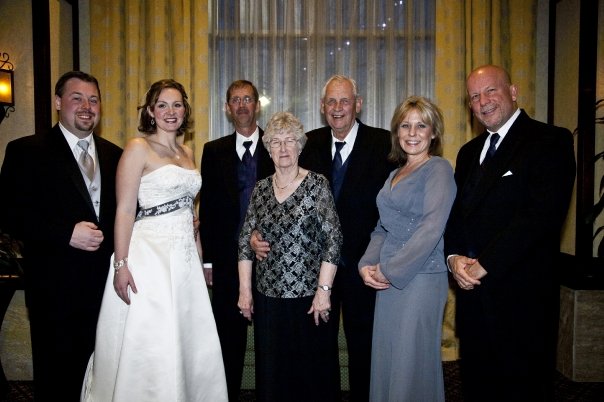
Left to Right – Me, My Wife Devon, My Dad, Grandmother, Grandfather, my Mother, and my Step-Dad Tim

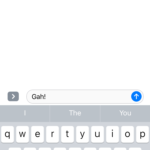
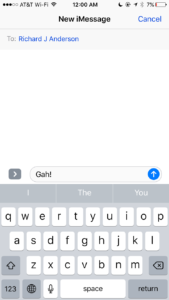 However, what seems to have happened in the past year or two is that the algorithms have gotten marginally better, but the aggressiveness of auto-correct has increased by an order of magnitude. What I find now is that I have to retype words 2-3 times before auto-correct will let me keep it the way I’ve spelled it. And if I mistype a word and try to correct it myself, sometimes auto-correct will then suggest the very misspelling I was trying to fix. Even with a new phone and new computer, which haven’t had time to learn my own vocabulary, the auto-correct functionality suggests words that don’t even make sense, trying to replace perfectly valid words I’ve typed. This affects both my phone and my computer, albeit both are Apple products, and my wife has the same issue with hers.
However, what seems to have happened in the past year or two is that the algorithms have gotten marginally better, but the aggressiveness of auto-correct has increased by an order of magnitude. What I find now is that I have to retype words 2-3 times before auto-correct will let me keep it the way I’ve spelled it. And if I mistype a word and try to correct it myself, sometimes auto-correct will then suggest the very misspelling I was trying to fix. Even with a new phone and new computer, which haven’t had time to learn my own vocabulary, the auto-correct functionality suggests words that don’t even make sense, trying to replace perfectly valid words I’ve typed. This affects both my phone and my computer, albeit both are Apple products, and my wife has the same issue with hers.
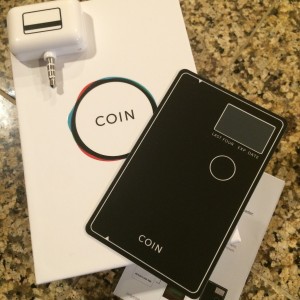
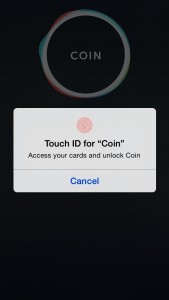

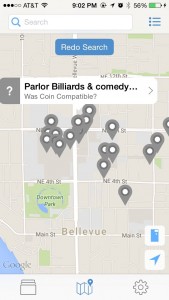



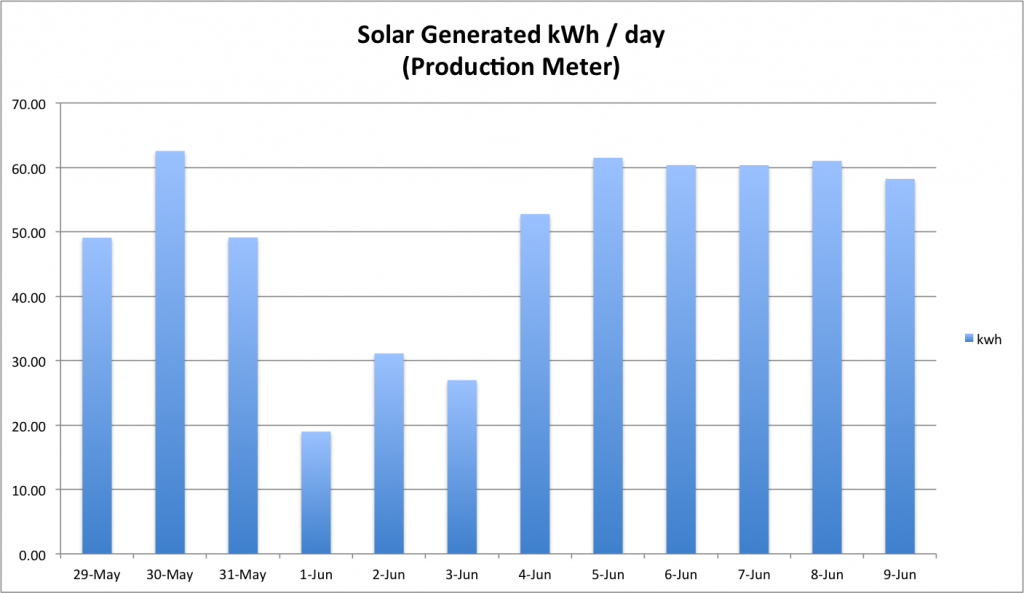
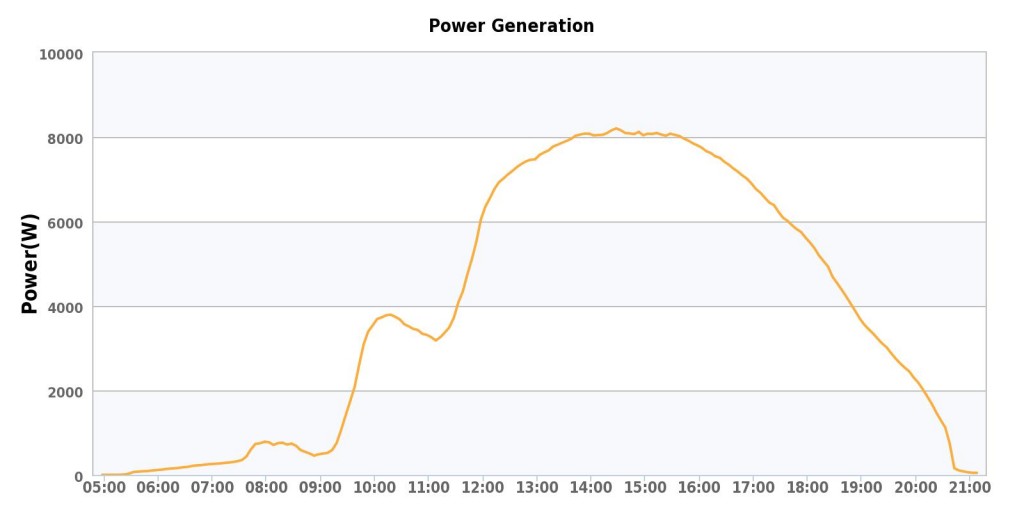
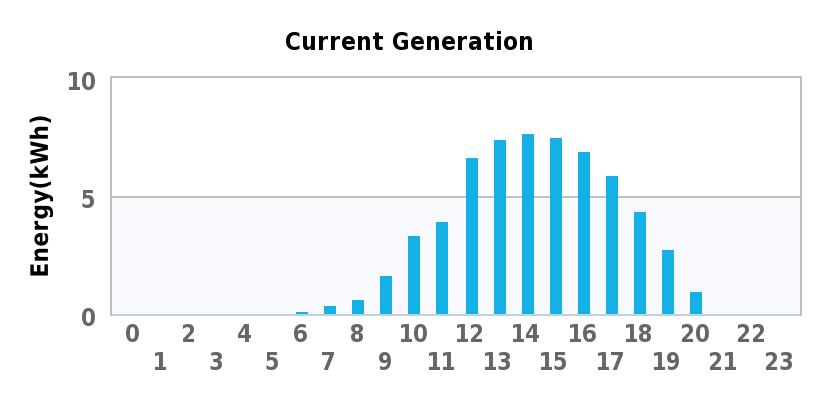

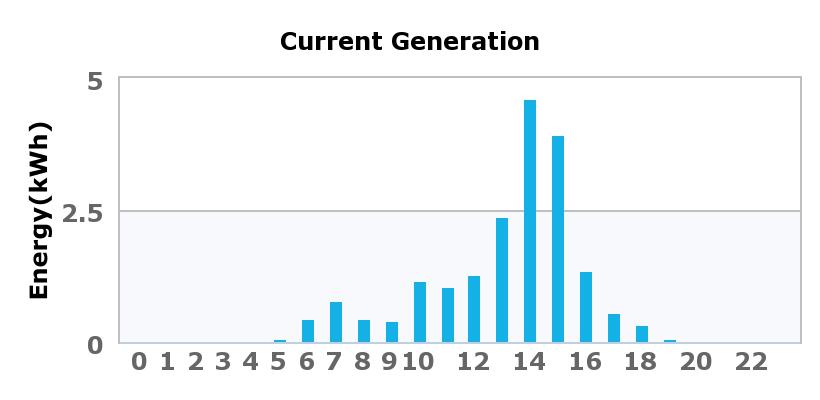
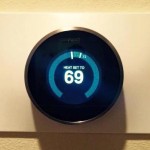
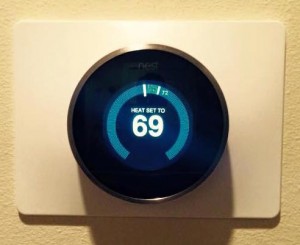
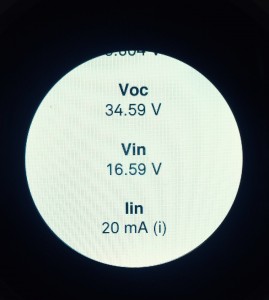
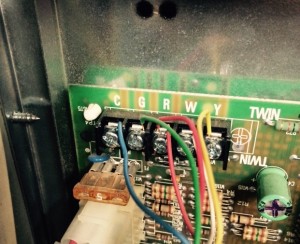
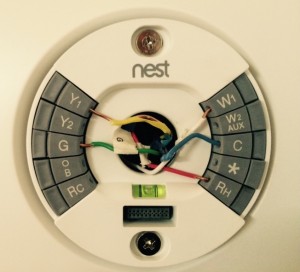
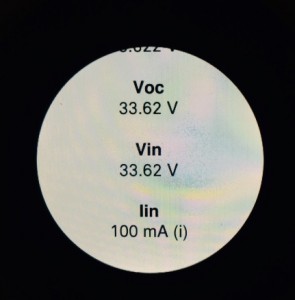

 (From
(From